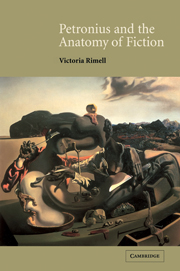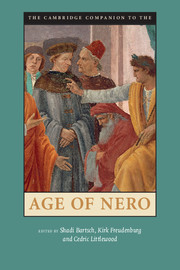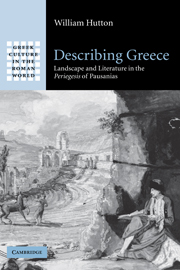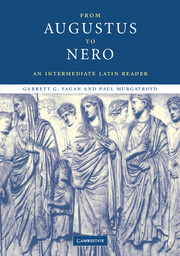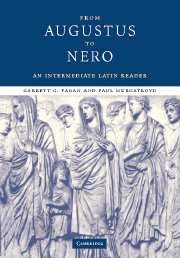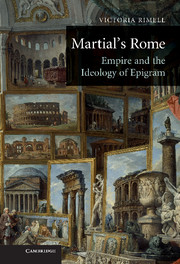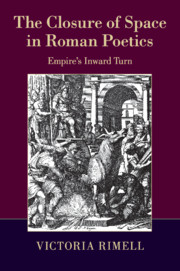Petronius and the Anatomy of Fiction
Petronius' Satyricon, long regarded as the first 'novel' of the Western tradition, has always sparked controversy. It has been puzzled over as a strikingly modernist riddle, elevated as a work of exemplary comic realism, condemned as obscene and repackaged as a morality tale. This reading of the surviving portions of the work shows how the Satyricon fuses the anarchic and the classic, the comic and the disturbing, and presents readers with a labyrinth of narratorial viewpoints. Dr Rimell argues that the surviving fragments are connected by an imagery of disintegration, focused on the pervasive Neronian metaphor of the literary text as a human or animal body. Throughout, she discusses the limits of dominant twentieth-century views of the Satyricon as bawdy pantomime, and challenges prevailing restrictions of Petronian corporeality to material or non-metaphorical realms. This 'novel' emerges as both very Roman and very satirical in its 'intestinal' view of reality.
- Makes an important contribution to feminist criticism through its exploration of metaphors of the body
- Revises twentieth-century criticisms of Petronius, including seminal ideas of critics like Auerbach and Bakhtin
- This book on Petronius sees this fragmentary work as unified on the level of imagery
Reviews & endorsements
'… succeeds in drawing from a wide range of both primary source material and recent secondary scholarship in its fashioning of an innovative critical interpretation of the Petronian text … Rimell is in full command of both her subject matter and her thesis.' Journal of the Classical Association of Canada
Product details
June 2007Paperback
9780521037013
252 pages
229 × 153 × 15 mm
0.387kg
Available
Table of Contents
- Acknowledgements
- List of abbreviations
- Introduction: corporealities
- 1. Rhetorical red herrings
- 2. Behind the scenes
- 3. The beast within
- 4. From the horse's mouth
- 5. Bella intestina
- 6. Regurgitating Polyphemus
- 7. Scars of knowledge
- 8. How to eat Virgil
- 9. Ghost stories
- 10. Decomposing rhythms
- 11. Conclusion: licence and labyrinths
- Appendices
- Bibliography
- Index of passages discussed
- Index of subjects.

